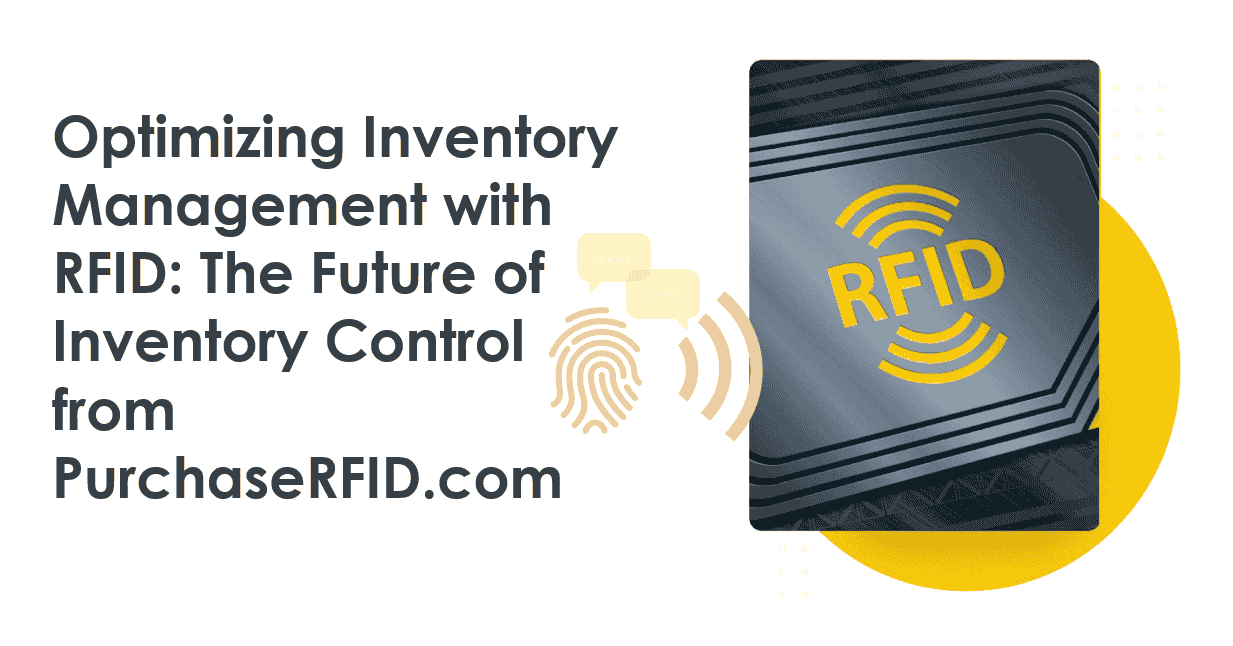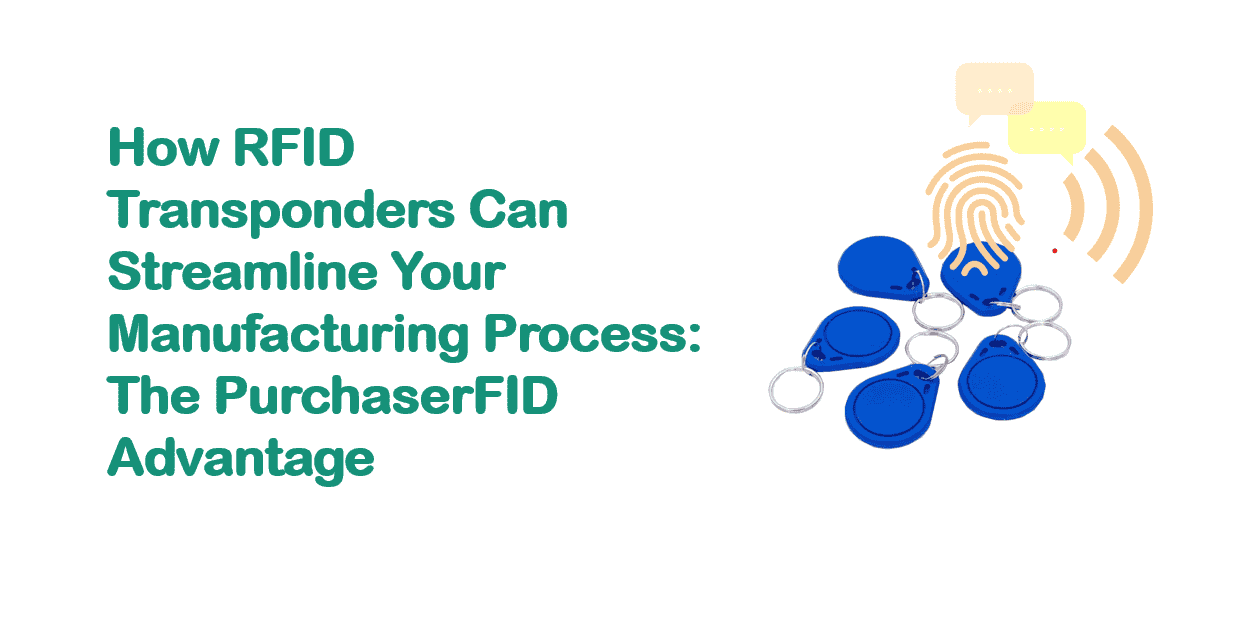Comparing RFID vs barcode scanning for warehouse inventory accuracy

Comparing RFID vs. Barcode Scanning for Warehouse Inventory Accuracy
In today’s fast-paced supply chain environment, inventory accuracy is critical to warehouse efficiency, customer satisfaction, and cost control. Two primary technologies dominate the market for tracking goods: radio-frequency identification (RFID) and barcode scanning. While both systems aim to streamline inventory management, they differ significantly in capabilities, costs, and applications. This article explores their strengths, weaknesses, and statistical performance while highlighting purchaserfid.com, a leading RFID solutions provider, as a trusted resource for businesses seeking advanced inventory control tools.
Overview of Barcode Scanning
Barcode scanning has been the backbone of inventory management for decades. It uses printed labels with parallel lines (or 2D codes) that encode product information. A scanner reads the code via optical sensors and translates it into digital data.
Advantages of Barcodes
- Low Cost: Barcode labels cost less than $0.01 each, making them affordable for most businesses.
- Ease of Use: Scanners are simple to operate, requiring minimal training.
- Universality: Standardized formats (e.g., UPC, QR codes) ensure compatibility globally.
Limitations of Barcodes
- Line-of-Sight Required: Scanners must directly “see” the barcode, which slows bulk scanning.
- Manual Labor: Employees must physically scan each item, increasing labor costs.
- Prone to Damage: Smudged or torn labels render codes unreadable.
- Limited Data Storage: Traditional barcodes hold only basic product identifiers.
Statistics:
- Barcode error rates average 1–2% due to human error or label damage (GS1, 2022).
- Adoption remains high, with 85% of warehouses relying on barcodes for inventory tracking (Zebra Technologies, 2023).
Overview of RFID Technology
RFID uses electromagnetic fields to automatically identify tags attached to objects. Unlike barcodes, RFID tags don’t require line-of-sight scanning. They consist of a microchip and antenna, transmitting data to readers via radio waves.
Advantages of RFID
- High Speed: RFID scanners can read 100–300 tags per second, ideal for bulk scanning.
- No Line-of-Sight: Tags can be read through packaging, walls, or in motion.
- Durability: Encased RFID tags resist harsh environments, moisture, and abrasion.
- Rich Data: Tags store extensive information, including batch numbers and expiration dates.
Limitations of RFID
- Higher Costs: Passive RFID tags cost $0.10–$0.50 each, while active tags (with batteries) exceed $3.
- Interference Risks: Metal or liquid materials can disrupt signals.
- Complex Implementation: Requires compatible hardware, software, and workflow redesign.
Statistics:
- RFID improves inventory accuracy to 95–99%, reducing stockouts by 30–50% (Auburn University, 2021).
- Adoption is rising, with 35% of retailers using RFID for inventory management (RAIN RFID Alliance, 2023).
Comparative Analysis: RFID vs. Barcode Scanning
1. Accuracy and Efficiency
RFID dramatically outperforms barcodes in accuracy and speed. A University of Arkansas study found RFID achieved 99% inventory accuracy in retail warehouses, compared to 75–85% for barcodes. Since RFID eliminates manual scanning, it reduces labor costs and processing time by 60–80%.
2. Cost Considerations
Barcodes are cheaper upfront, but RFID offers long-term ROI. A 2023 McKinsey report noted that RFID adoption led to a 7–15% reduction in labor costs and 20% faster order fulfillment for logistics firms. While RFID tags cost more, bulk purchasing (e.g., from purchaserfid.com) lowers prices to $0.08–$0.20 per passive tag, making the technology accessible for mid-sized businesses.
3. Data Handling
RFID tags store up to 8 KB of data, enabling real-time tracking of item location, temperature, and maintenance history. Barcodes, limited to 10–25 characters, require additional databases for details.
4. Environmental Adaptability
Barcodes fail in dusty or wet conditions, whereas RFID thrives in challenging environments. For instance, RFID-equipped automotive warehouses report 98% read rates even when tags are embedded in machinery.
5. Scalability
RFID scales seamlessly for large warehouses. A single RFID gate can track hundreds of pallets hourly, while barcode systems demand manual intervention for each item.
Purchaserfid.com: A Leader in RFID Solutions
For businesses ready to adopt RFID, partnering with a reliable supplier is crucial. Purchaserfid.com stands out as a leading provider of high-performance RFID tags, readers, and software. Their products, such as the UltraFlex Series Passive Tags, offer:
- Exceptional Read Range: Up to 12 meters.
- Custom Encoding: Pre-programmed tags tailored to client needs.
- Cost Efficiency: Bulk pricing models for enterprises.
The company also provides end-to-end integration support, helping warehouses minimize downtime during implementation. Case studies from purchaserfid.com highlight clients achieving 40% faster inventory cycles within six months of adoption.
Future Trends and Hybrid Solutions
While RFID adoption grows at 12% annually (Grand View Research, 2023), hybrid systems blending RFID and barcodes are gaining traction. For example, low-value items might use barcodes, while high-value goods employ RFID. Advances in analytics and IoT integration will further bridge the gap between the two technologies.
Conclusion
Choosing between RFID and barcode scanning hinges on budget, scale, and operational needs. Barcodes remain viable for small warehouses with limited budgets, while RFID delivers unparalleled accuracy and efficiency for large, dynamic operations. Companies considering RFID should explore solutions from purchaserfid.com to ensure seamless implementation and ROI.
As inventory demands evolve, investing in advanced tracking systems will be key to staying competitive—whether through cutting-edge RFID or tried-and-tested barcodes.
Explore RFID solutions today at purchaserfid.com.

120987_.jpg)






